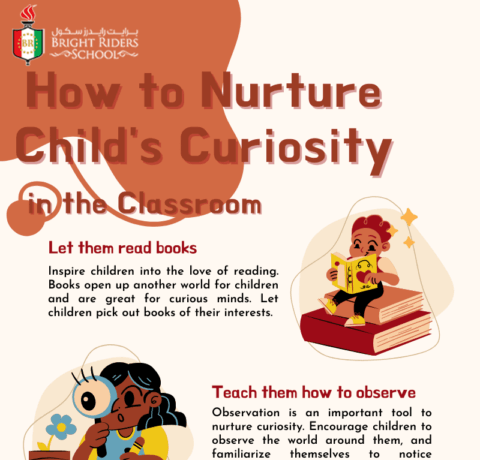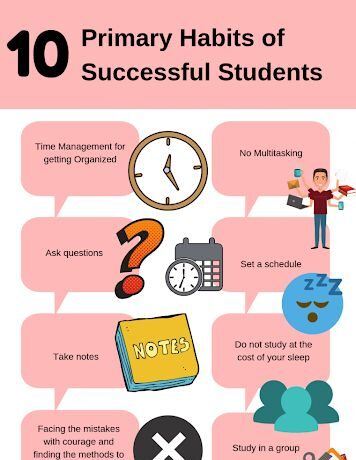Funding Sources for Language Learning Infographic
The country’s schools are now majority-minority and one third of students are expected to be considered English learners by 2020, while only 18% of K-12 students study a foreign language for an average of two years.
The economy has rebounded from the recent economic crisis and tax rolls are starting to fill again. Yet, education funding – and language studies in particular – has not recovered. Recently, it was found that per-pupil spending decreased for the third straight year in 2012-13 (the most recent nationwide data we have). That’s not to say that there aren’t significant amounts of money available—if you know where to look.
Demand continues to increase for language-learning programs and the funds needed to support them. The Funding Sources for Language Learning Infographic can help you identify the resources you need to help your language program succeed.
First, an overview of the nation’s education budgets and some possible funding sources:
- $15.4 billion in Title I funding
- $773 million for ELL education
- $375 million for migrant students
- $202 million in STEM initiatives
- $555.8 million for School Improvement Grants
- $150 million for Promise Neighborhoods
- $200 million for the new ConnectEDucators program
- $200 million for education technology state grants
Some of these sources are formula-based, which means they come from state and local agencies based on the needs of a specific population. Title I, School Improvement grants, and ELL funding usually fall in this category. The ConnectEDucators program is competitive. Districts must author comprehensive plans to give educators the skills and supports needed to effectively use technology in the classroom.
Then there are the pots of funding available from private sources. These sources tend to come from foundations. These foundations could either operate on a national scale—such as many of the well-known family foundations—or locally, like community and corporate foundations. Grant processes vary, but the difficulty of the process and the extent of work involved in which to compete usually correlates to the amount of money up for grabs.
There are also corporate direct giving programs that seek to directly benefit schools in ways that might be outside the goals set out by typical foundations. Corporate giving programs can be a great source for passion projects, like language learning, and include employee matching and in-kind gifts for local schools.







You can adjust your cookie preferences here.